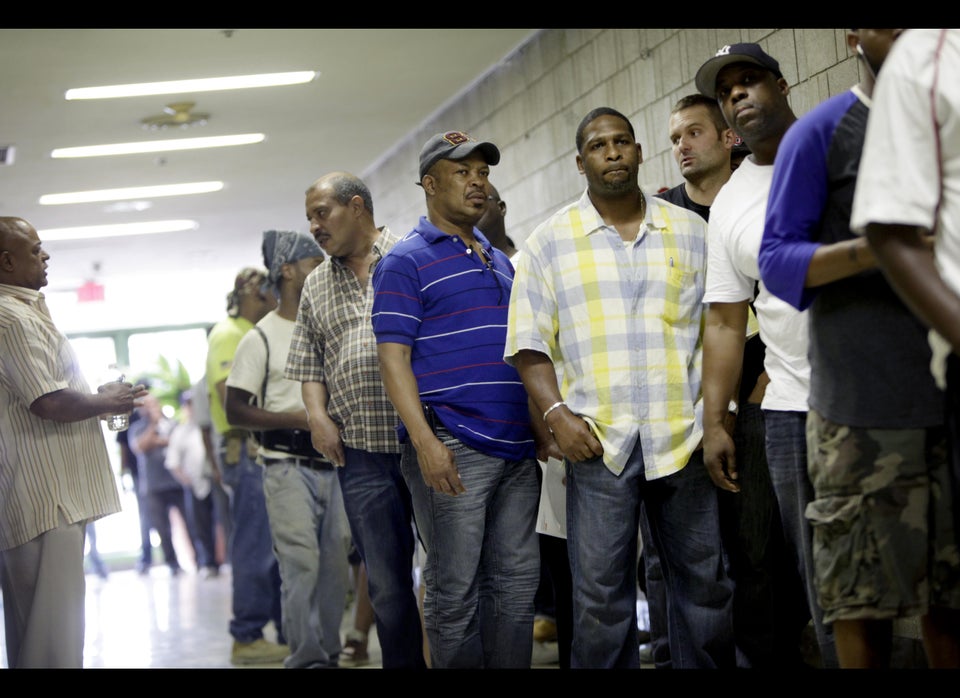
New York teachers who received poor performance ratings during their previous work year are more likely to be found working in high-poverty and high-minority schools, revealed data in a new report titled: Unsatisfactory: The Distribution of Teacher Quality in New York City. This might be indicative of a national trend.
According to the research presented by StudentsFirstNY, the top 10 percent of 1,509 schools involved in the research had approximately 19 percent of teachers who were rated unsatisfactory.
“Our analysis was straightforward,” wrote study researchers. “We selected independent variables to represent poverty rates, racial composition and achievement levels, respectively, of student populations in schools. We then examined the relationship between schools’ U-rating rates (unsatisfactory-rating rates) and their student populations—grouping similar schools with respect to the variable under examination, and assessing the prevalence of U-rated teachers within each group.”
Not only did the research determine students in high-poverty schools were three times as likely to be taught by an unsatisfactorily rated teacher, but the data also showed that in schools where the measure of poverty was free or reduced-priced lunches, 3.4 percent of teachers were rated as unsatisfactory.
That number was compared to 1.3 percent of teachers in low-poverty schools who were rated unsatisfactory.
Other findings included:
- High schools with the lowest rates of college readiness had a disproportionately high number of U-rated teachers
A 2011 study from Harvard University and Columbia University linked high-quality teachers to an increased chance of student success.
“The importance of highly effective teachers to the life outcomes of their students was cast in stark relief by a December 2011 study, The Long-Term Impacts of Teachers, by Raj Chetty and John N. Friedman of Harvard University and Jonah E. Rockoff of Columbia University,” stated StudentsFirstNY study authors. “Their analysis found that students assigned consistently to higher quality teachers are more likely to go to college, go to better colleges, earn higher salaries and live in more affluent neighborhoods—and are less likely to have children as teenagers.”
The StudentsFirstNY data comes out days before the New York City teachers’ union and the city come to an agreement on a new teacher evaluation system. The Wall Street Journal notes under the current system, principals rate teachers as either “satisfactory” or “unsatisfactory,” with no other options available. In 2010, New York law passed stating teachers were to be rated on a four-tier scale which included classroom observations and student test scores. Districts have until January 17, 2013 to develop their evaluations within the confines of the 2010 law.
The data from StudentsFirstNY, which indicates there is a lopsided distribution of unsatisfactory teachers within high-poverty districts, is an eye-opener for city and education officials.
“An ineffective teacher in any classroom is a failure of the system at the expense of students,” said StudentsFirstNY Executive Director Micah Lasher, a former legislative liaison for Mayor Bloomberg, to the New York Post. “A concentration of ineffective teachers serving specific student populations is an injustice.”
To remedy the situation, study authors from StudentsFirstNY suggest the following:
- Implement the comprehensive teacher evaluation system throughout the state.
- Provide financial incentives to top college graduates in the field of education.
- Provide salary increases for highly-effective teachers.
- Replace the tenure law with one that emphasizes the retention of highly effective teachers and empowers principals to manage and improve the quality of instruction in their schools.
- Enact collective bargaining agreements which ensure ineffective teachers are not kept in the classroom.
Originally published in VOXXI as High-poverty, minority schools likely to have more U-rated teachers
